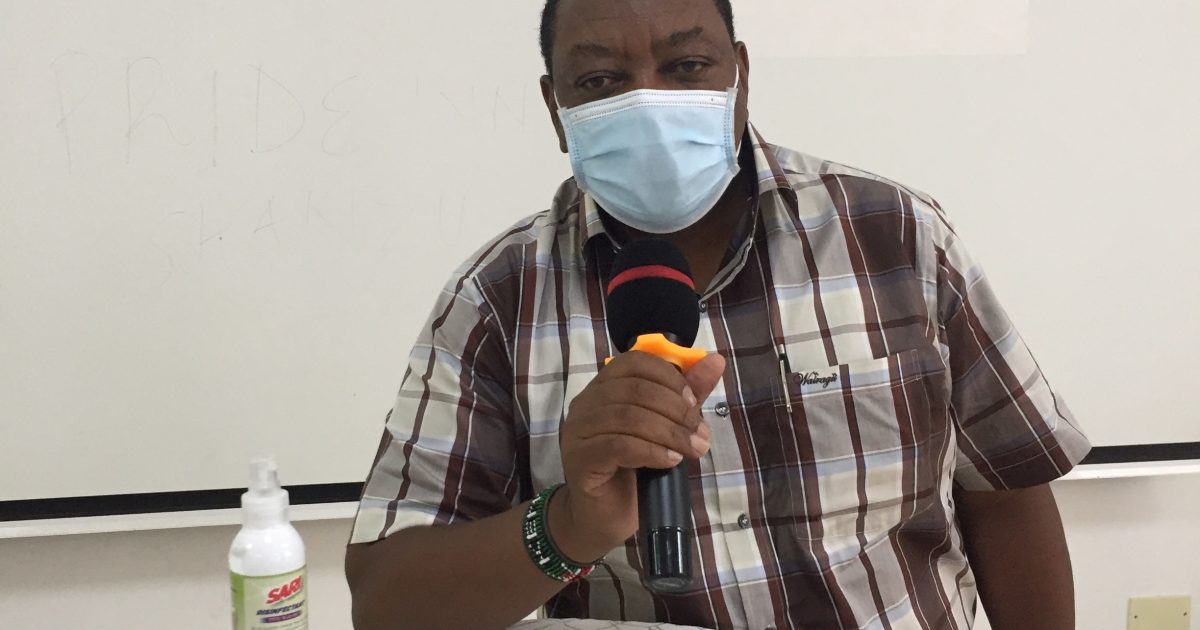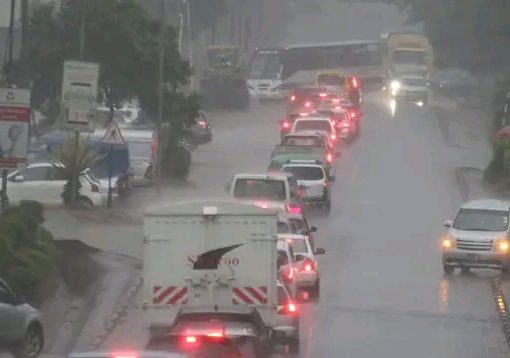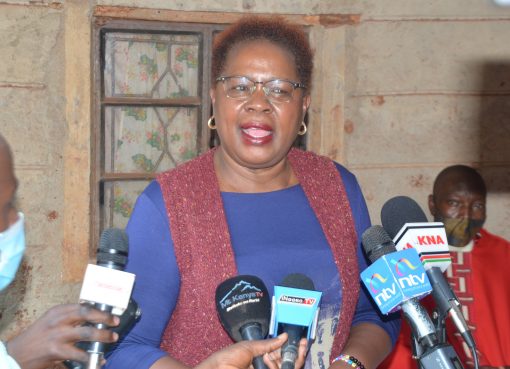The Ministry of Water, Sanitation and Irrigation requires Sh2.5 billion to fully implement water programs.
The Principal Secretary, Mr Joseph Irungu, told a parliamentary committee that the ministry required Sh2.5billion for proper implementation of water harvesting and storage, and water management, among other programs.
He said his ministry has only collected a paltry of Sh600 million from the current water consumption levies amid a deficit of Sh1.9 billion due to inadequate sources of revenues.
“We propose to increase levies on water to raise the deficit if not, we will have to go to the National Treasury and seek for the Shilling1.9 billion deficit to sustain our operations,” Irungu told the parliamentary committee on delegated legislation, Chaired by Tiaty MP, Kamket Kassait and his Vice Chair, Muriuki Njagagua.
Members of the committee present include Vice Chairman, Muriuki Njagagua, Jennifer Shamalla, Willam Kamoti, Abdi Korupu and Martha Wangari among others.
The Council of Governors (COG)’s Technical Committee on Water, Forestry and Natural Resource Management Chaired by Nyandarua Governor Francis Kimemia, attended the meeting held at Pride Inn Paradise Hotel in Shanzu to discuss Water Services and Water Resources Regulations 2021.
The PS told the committee that they have proposed different water related taxation through amendments to the water act 2015 that once approved, will see some of the big consumers of water pay for high consumption of the essential commodity.
“Mr Chair, we have been struggling to generate revenue to sustain our activities. We also acknowledge that more than half of the water act talks about management of this resource and we have proposed several amendments to hike fees. We shall be doing a disservice to this natural resource, if we will not set levies,” added Irungu.
Without getting into the nitty-gritty of the levies proposed under amendment to the act, the PS revealed that big and small commercial farms and industries will pay between 75 cent or one shilling per 300 cubic metres per day.
He raised the red flag over depleting water resources in the country hence indicating the need for consumption levies imposed on such high water users to enable the National Government to undertake prudent management and utilization of water resources.
Irungu told the committee that his ministry will work with key stakeholders including counties through the Council of Governors to address the water crisis which he observed led Kenya being classified as “a water scarce country” in the region.
“The situation is already serious. Unless we manage these water resources, we are headed to tough times,” he observed.
At the same time, Irungu has called for continued cooperation between the ministry and the Council of Governors (CoG) in the management of water resources in the country.
He clarified that his ministry has been working with the CoG under the water sector intercommunity framework which guides the discussions between the two levels of the governments in the country.
“We will keep consulting the Council of Governors on matters of intergovernmental level. We have held public participation and invited the Council of Governors to share their inputs. We shall continue to engage them on any issue related to the water sector, “added Irungu.
There are three sets of published regulations overseeing the sector, this includes water harvesting, distribution and storage regulations.
COG team raised concern over the issues of public participation, replication of resources, consultations between the two institutions and related levies from the water sector.
The Ministry Of Water And Sanitation also stressed the need for the water act to be adhered to explaining the mandate of the Water Works Development Agency which is meant to develop projects of national interest.
The regulations of the consumption levies of the water sector have clearly indicated who receives the money and both stakeholders were advised to adhere to that.
In addition members of the committee also wanted a reassurance that the ministry of water would invest up to 70 percent on restoration and conservation of the catchment areas to preserve the resources.
By Galgalo Bocha and Suleiman Khatib





